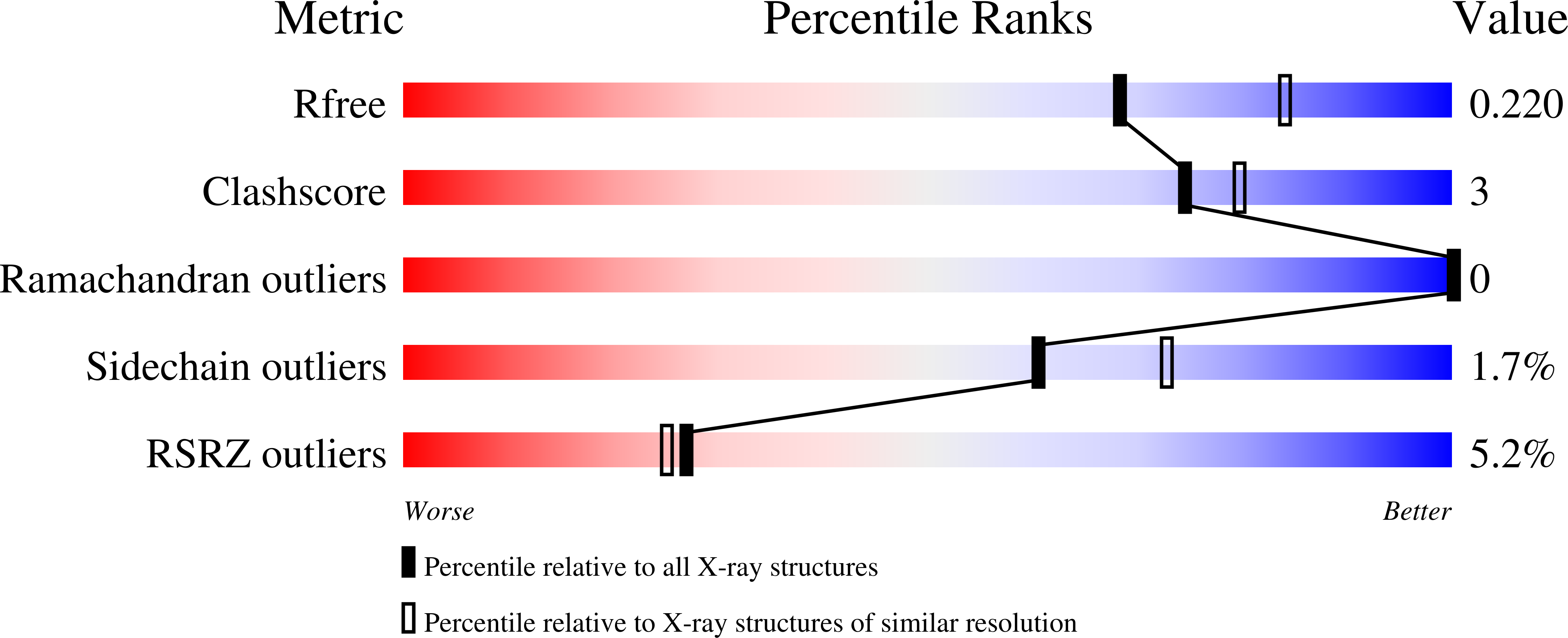
Deposition Date
2023-01-23
Release Date
2023-07-05
Last Version Date
2024-05-22
Entry Detail
PDB ID:
8FWP
Keywords:
Title:
Crystal Structure of CDC10 - CDC3 heterocomplex from Saccharomyces cerevisiae
Biological Source:
Source Organism:
Host Organism:
Method Details:
Experimental Method:
Resolution:
2.22 Å
R-Value Free:
0.22
R-Value Work:
0.19
R-Value Observed:
0.19
Space Group:
P 43 2 2


